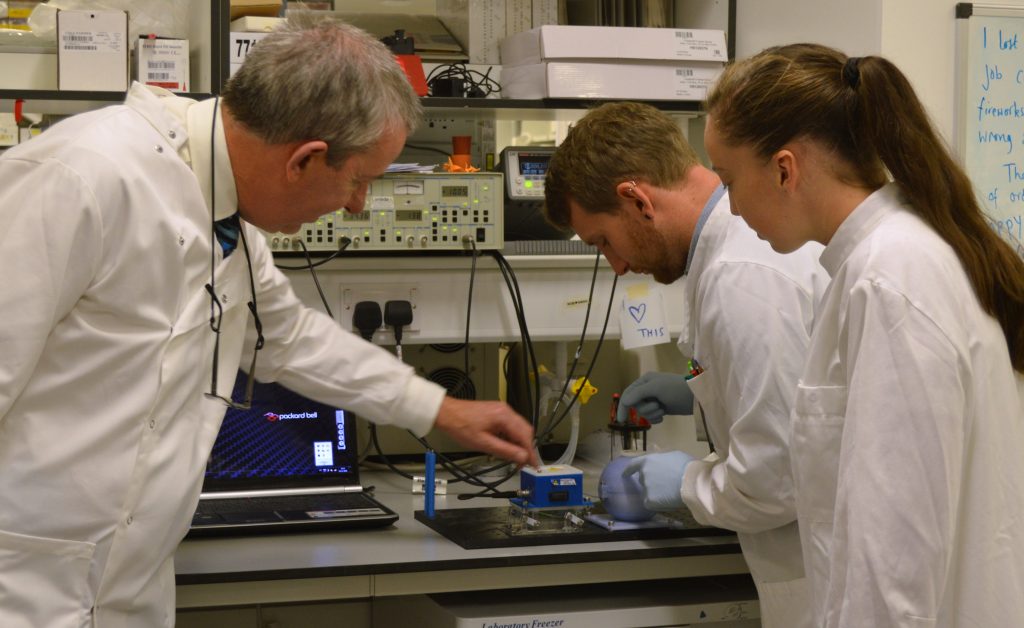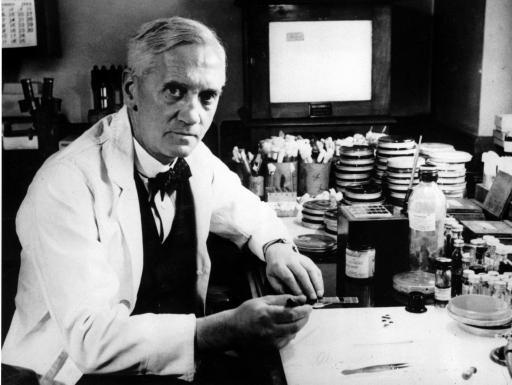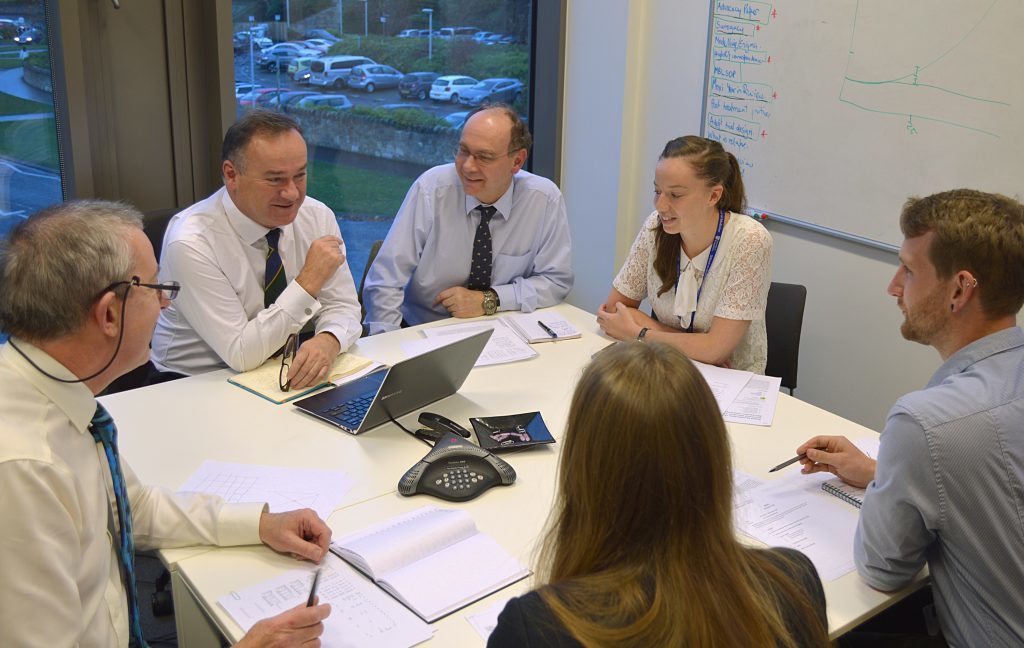Growing resistance to commonly prescribed antibiotics is one of the biggest public health threats of modern times with the potential to cause 80,000 deaths in the UK over the next 20 years. But a team of scientists at St Andrews University – awarded a prestigious prize in London this week – is fighting back. Michael Alexander reports.
It has been described by the United Nations and World Health Organisation as one of the biggest known threats to humanity – an “antibiotics apocalypse” where a simple cut to your finger could leave you fighting for your life and where getting an appendix removed could prove deadly.
Experts say an increase in drug resistant disease could cost 10s of millions of lives in the next few decades as simple infections could soon become entirely untreatable with existing drugs.
The problem has been caused by over-use of antimicrobial medicines for humans, animals and agriculture.
But now medical scientists at St Andrews University have made a breakthrough which they hope will help counter the threat.
The researchers have created a laser that can identify the right antibiotic to treat bacteria present in an infection, in minutes instead of hours.
The team hope that faster diagnosis will mean more targeted use of prescription drugs and ultimately a reduction of antibiotic resistance.
In an interview with The Courier, Professor Stephen Gillespie, Sir James Black Professor of Medicine at St Andrews, who is leading the research team, said antibiotic resistance is “one of the most important threats facing humanity” with an estimated $50 trillion price tag for health care if nothing is done about it.
He said: “In the 19th century the father of modern surgery Joseph Lister said that every surgery was an experiment in getting under someone’s skin. At the moment in modern medicine by comparison, there’s a danger of going back to those days.
“Modern medicine is only made possible because we can treat infection. If infection becomes drug resistant then complicated surgery will disappear.
“Operations and treatments that people now take for granted are going to become increasingly difficult.”
Current estimates are that drug resistant infections already claim about 700,000 live per year globally.
And if we do not create new antibiotics, or prevent the loss of the ones we have, it is estimated that this will rise to more than 10 million deaths a year globally within the next few decades.
It’s for this reason that the Orbital Diagnostics team at St Andrews have developed a device – the Scattered Light Integrated Collector (SLIC) – to reduce the time taken to test bacteria for resistance.
Current testing frequently takes 24 hours to produce a result, but the SLIC team can produce a similar result in around 20 minutes.
The new tool aims to help patients get the right treatment faster. This reduces the risk of antibiotic resistance by helping ensure bacteria are not exposed to antibiotics unnecessarily.
Professor Gillespie, a practising clinical microbiologist, explained that SLIC was a sophisticated technique of seeing very small numbers of bacteria.
At its heart is a sphere and inside that a spherical mirror.
A laser beam enters one end and 98% of its energy leaves the other.
However, the small amount of light that’s left is scattered multiple times throughout the internal face of the sphere and passes through the bacteria, counting the bacteria present.
He added: “Our very sensitive device detects bacteria in very small numbers. This means when they grow in the presence of antibiotics, we can show that quickly.
“Conventional tests take up to 24 hours – for some bugs we can now do the same job in less than 20 minutes.
“At the moment this promising test can only be used in the laboratory; the challenge is to turn it into a test that can be used in a doctor’s surgery or a pharmacy.”
Dr Robert Hammond, co-inventor and senior scientist, said the device could make a real difference if it came into everyday use.
He added: “We aim to develop SLIC to enable a person with a suspected urinary tract infection to give a sample to a practice nurse or pharmacist – then within two hours be given an antibiotic prescription knowing that the infecting bacteria are susceptible.
“This will be faster and better for the individual. It will mean that fewer unnecessary prescriptions will be issued, reducing chances that bugs will develop resistance.”
The team’s ambition to develop it for practical use in surgeries has been bolstered this week by receipt of the prestigious Longitude Prize Discovery Award at a ceremony held at the Royal Society in London.
The prize will help the team develop a device that can challenge for the coveted Longitude Prize, a challenge with a £10 million prize fund to reward a point of care diagnostic test that helps solve the global problem.
The Orbital Diagnostics team is supported by Scottish Enterprise to form a company that will take the SLIC device to market.
Eleanor Mitchell, High Growth Ventures Director at Scottish Enterprise, said: “This prestigious award is fantastic recognition of Orbital Diagnostics’ strong progress in developing the SLIC device, which has significant global market potential.
“Scottish Enterprise is delighted to be supporting the team to commercialise this emerging technology which exemplifies the strength of innovation in Scotland’s healthcare sector.”














